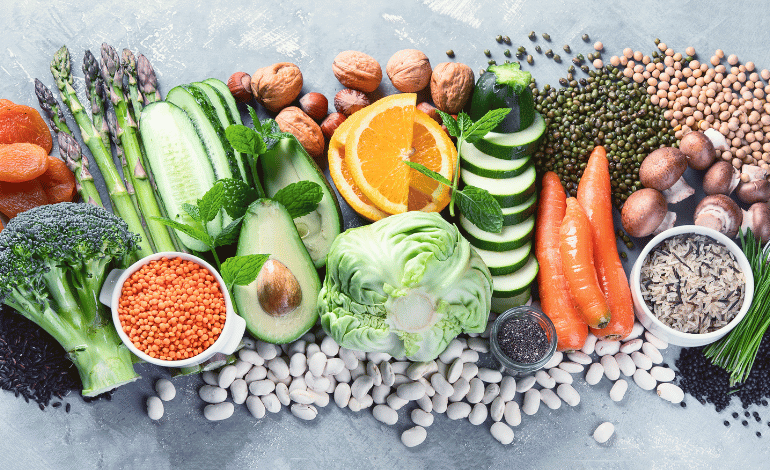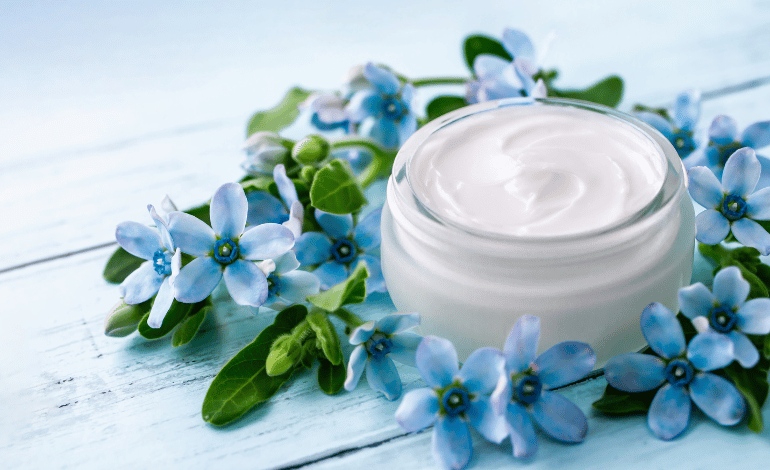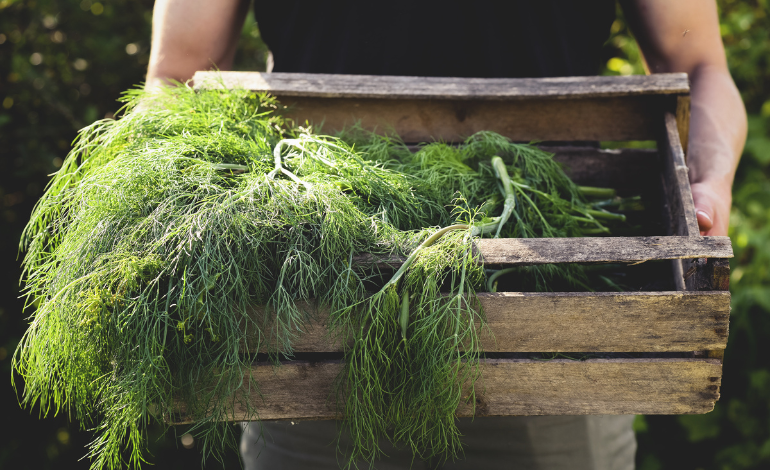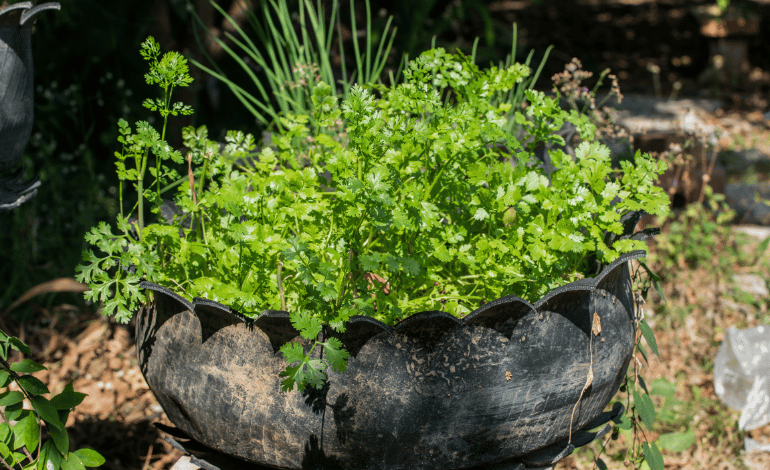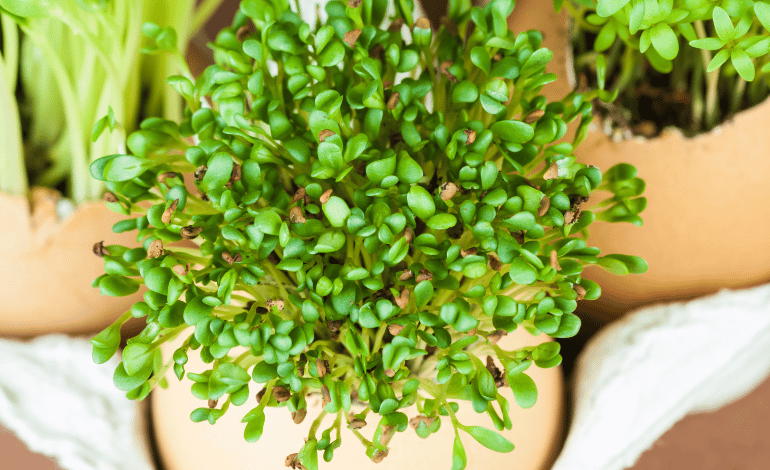Fresh and Flavorful: How to Grow Spinach in Kitchen Garden!

Introduction
Spinach is a nutritious leafy green vegetable that adds a burst of flavor to any dish. What could be better than having a fresh and flavorful supply of spinach right in your own kitchen garden? Growing spinach at home is a rewarding experience that allows you to enjoy the satisfaction of harvesting your own vibrant greens. This guide will walk you through the steps to successfully grow spinach in your kitchen garden. So, roll up your sleeves and get ready to embark on a journey of homegrown goodness!
Spinach is a versatile and delicious vegetable that can be easily grown in your kitchen garden. By following these simple steps, you can ensure a bountiful harvest of fresh and flavorful spinach leaves.
Choosing the Right Variety
To start your spinach-growing adventure, choosing the right variety for your kitchen garden is important. There are numerous spinach cultivars available, each with its own unique characteristics. Here are a few popular options:
- Bloomsdale: This variety is known for its dark green, crinkled leaves and excellent flavor.
- Tyee: Tyee spinach is a vigorous grower and is resistant to bolting, making it ideal for summer cultivation.
- Baby Leaf: If you prefer harvesting young, tender leaves, baby leaf spinach varieties are a great choice.
Remember to consider factors such as taste preference, growing season, and available space when selecting your spinach variety.
Preparing the Soil
Spinach thrives in well-draining soil that is rich in organic matter. Before planting, prepare your soil to create the ideal growing conditions for your spinach plants. Follow these steps to ensure your soil is ready:
- Loosen the soil: Use a garden fork or tiller to loosen the soil to a depth of 8 to 10 inches.
- Remove debris: Clear the area of any rocks, weeds, or other debris that may hinder root growth.
- Amend the soil: Add compost or well-rotted manure to improve the soil’s fertility and structure.
- Test the pH: Spinach prefers slightly acidic soil with a pH range of 6.0 to 7.0. Test your soil’s pH and make adjustments if necessary.
By preparing your soil adequately, you create a favorable environment for your spinach plants to flourish.
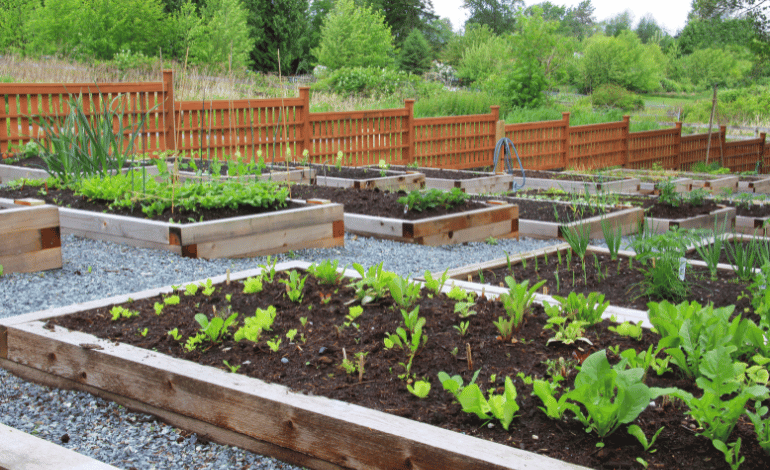
Planting Spinach Seeds
Now that your soil is ready, it’s time to sow your spinach seeds. Follow these steps for successful seed planting:
- Timing is key: Spinach is a cool-season crop that thrives in temperatures between 50°F and 70°F (10°C to 21°C). Plant your seeds in early spring or late summer for the best results.
- Sow the seeds: Plant the seeds in rows that are 12 to 18 inches apart. Sow the seeds at a depth of ½ inch, spacing them 1 inch apart.
- Cover and water: After sowing, gently cover the seeds with soil and water the area thoroughly. Ensure that the soil remains consistently moist throughout the germination period.
Caring for Your Spinach Plants
As your spinach plants begin to grow, it’s essential to provide them with proper care to ensure their health and vitality. Here are some tips to help you along the way:
- Thinning your spinach plants: Once your spinach seedlings have reached a height of about 2 inches, thin them out to provide adequate space for growth. Thin the plants to a spacing of 4 to 6 inches apart. This allows the remaining plants to develop strong root systems and encourages robust growth.
- Watering: Spinach plants have shallow root systems, so it’s important to keep the soil consistently moist. Water your plants regularly, aiming for about 1 inch of water per week. Be careful not to overwater, as excessive moisture can lead to disease issues. Mulching around the plants can help retain soil moisture and reduce weed growth.
- Fertilizing: Spinach plants benefit from regular feeding to ensure healthy growth. Apply a balanced fertilizer or compost tea every 4 to 6 weeks to provide essential nutrients. Avoid over-fertilizing, as this can lead to excessive leafy growth with reduced flavor.
- Protecting from pests: Spinach plants can attract pests such as aphids, slugs, and snails. Monitor your plants regularly and take action at the first sign of infestation. Use organic pest control methods like handpicking or spraying a solution of water and mild soap to deter pests. You can also consider using physical barriers like row covers to protect your plants from pests.
- Managing temperature: Spinach is a cool-season crop and prefers temperatures between 50°F and 70°F (10°C to 21°C). When the weather becomes too warm, spinach plants tend to bolt, causing the leaves to become bitter. To extend the growing season, consider planting spinach in a partially shaded area or using shade cloth to provide some relief from the heat.
- Harvesting: The time to harvest your spinach leaves will vary depending on the variety you chose and your desired leaf size. Baby leaf spinach can be harvested as soon as the leaves reach a size suitable for consumption. For mature spinach leaves, wait until they reach their full size before picking. Harvest by cutting the outer leaves, allowing the inner leaves to continue growing. This method allows for multiple harvests throughout the growing season.
Frequently Asked Questions (FAQs)
Q1. How long does it take for spinach seeds to germinate?
Ans. Spinach seeds typically germinate within 7 to 14 days under optimal conditions.
Q2. Can I grow spinach indoors?
Ans. Yes, spinach can be successfully grown indoors. Ensure your plants receive adequate sunlight or use artificial grow lights.
Q3. Can I plant spinach directly in the ground without starting seeds indoors?
Ans. Yes, spinach seeds can be directly sown in the ground. Follow the planting instructions mentioned earlier for successful germination.
Q4. Can I grow spinach year-round?
Ans. Spinach is a cool-season crop, but with proper care and temperature management, you can extend the growing season and enjoy spinach for a longer period.
Q5. How do I prevent spinach leaves from wilting after harvest?
Ans. To keep your harvested spinach leaves fresh, immediately rinse them in cold water and store them in the refrigerator in a plastic bag or airtight container.
Q6. Can I save spinach seeds for future planting?
Ans. Yes, spinach plants produce seeds that can be saved for future planting. Allow some plants to bolt and produce flowers, which will eventually form seed pods. Harvest the pods when they turn brown and dry, then store the seeds in a cool, dry place.
Conclusion
Growing spinach in your kitchen garden is a rewarding endeavor that allows you to enjoy fresh and flavorful greens throughout the growing season. By selecting the right variety, preparing the soil, planting the seeds, and providing proper care, you can cultivate a thriving spinach crop right at home. Remember to monitor your plants for pests, manage temperature fluctuations, and harvest your spinach leaves at the right time for optimal flavor and nutrition.
So, what are you waiting for? Get your hands dirty and start growing your own fresh and flavorful spinach in your kitchen garden. With a little effort and care, you’ll be able to enjoy the satisfaction of harvesting your own homegrown greens and add a nutritious touch to your culinary creations.



